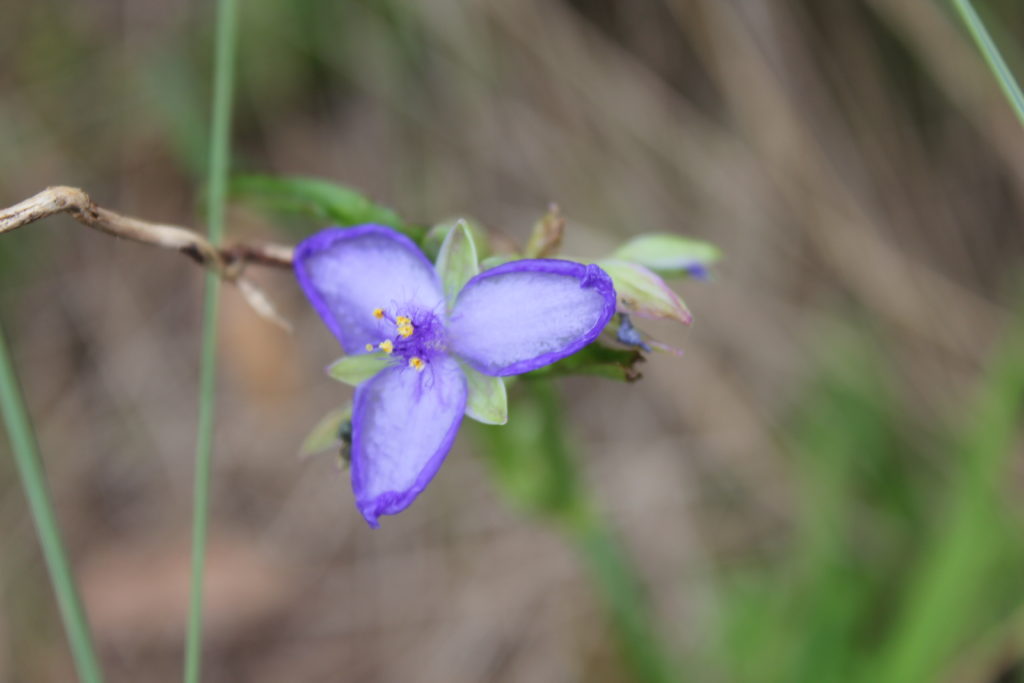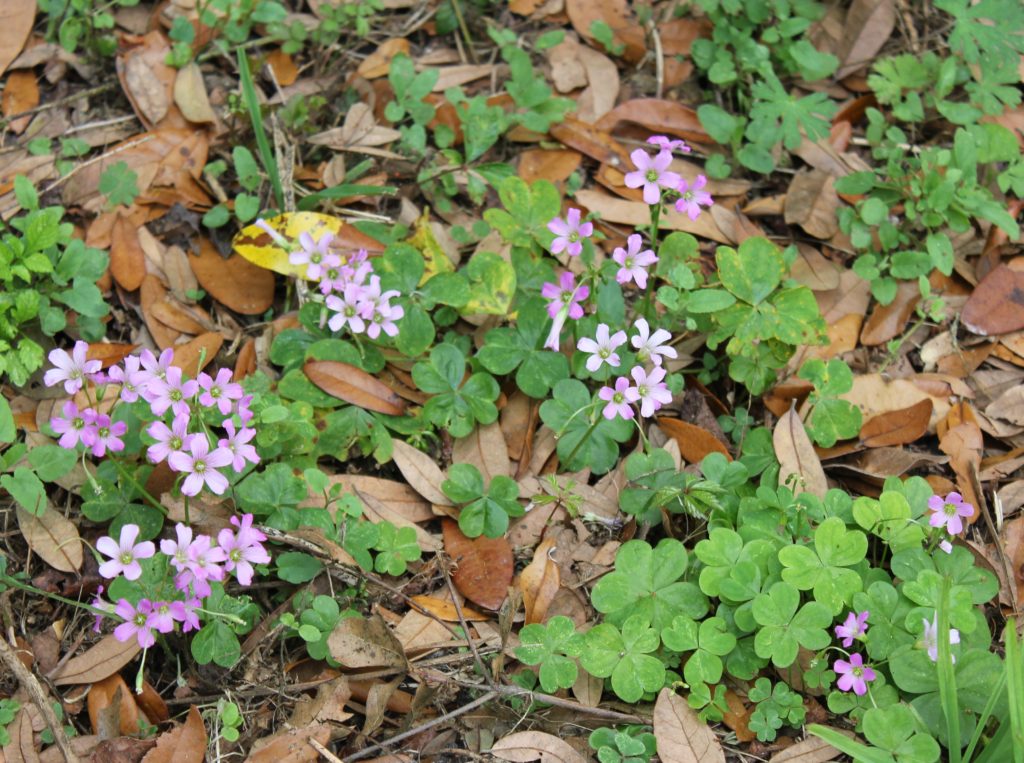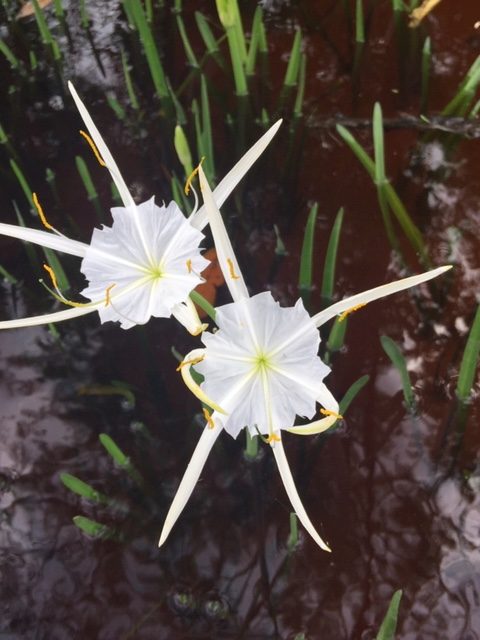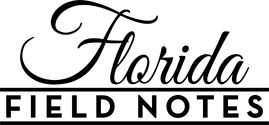It’s mid-spring in here northeast Florida, the season for birth and renewal. Bird song will be at its height this month as birds continue to search for mates, while some already have eggs in nests. The temperature is mostly moderate, breezy with lows of 60 degrees and highs of 80 degrees, while a few afternoons have climbed toward the 90’s. There’s an extra 48 minutes of daylight over this time last month, which will continue to grow until the summer solstice on June 21. Water temperatures are warming up, both inshore and offshore, awakening the appetites of redfish, flounder, trout and offshore species like Mahi Mahi, according to local fishing reports. And the May moon, which will be full on May 7, has been called the “Flower Moon,” by ancient cultures because of the prolific blooming of wild flowers.
The state has more than 3,500 varities of ferns, conifers and flowering species. In fact, the name “Florida” is from the Spanish word meaning “flowery” and was named by explorer Ponce de Leon, who was impressed by the variety of blooms. While Florida has blooming species year around, there’s a greater abundance in Spring and Fall.

Wild flowers can be found most anywhere, from city lots to roadways to forests to the beach. Common species in the city right now are Queen Anne’s Lace, Spiderwort, Shrub Verbena, Coral Bean and Wood Sorrel. Indian Blanket is common on dunes at the beaches, but also pushing up through the cracks in the sidewalk in the city. Spider Lilies are blooming along the water’s edge and Easter Lillies (Atamasco Lily) are in fields and along roadsides.

National and state forests have been open to driving and hiking, despite recent shelter-at-home orders that have closed beaches and some parks. Cary State Forest, northwest of Jacksonville, is open for driving or hiking, although recent controlled burns mean there are far less wild flowers blooming at the moment. Osceola National Forest, about 50 miles west of Jacksonville, is also open to hiking, bike riding, scenic drives and, in some spots, fishing. Duck Potato and Pickerel Weed add showy white and purple blooms at the edge of the Big Gum Swamp. Lizard’s Tail, Bog-Bachelor’s Button and Rattlebox are in bloom.

There are phone apps to aid in species identification, like iNaturalist, available for free. “Florida Wild Flowers and Roadside Plants,” by C. Ritchie Bell and Bryan J. Taylor (published by Laurel Hill Press) is an easy-to-use, informative source. The Florida Wildflower Foundation has a comprehensive database on its website. It’s offering a free webinar, Monday, May 4 at 2:00 p.m. on using native species in landscapes. The Duval County Extension office also normally offers talks on wildflowers.
Nassau County just announced it would open its beaches from Peters Point south to Estate Park starting Wednesday, May 6, from 6 a.m. to 12 noon. The only parking will be at Burney Park at American Beach and Peters Point. The walkover lots will be closed. Ft. Clinch is a state park and isn’t open; nor are the City of Fernandina beaches.
Flagler County just opened its beaches Sunday, April 26, 2020, although there is no direct beachfront parking. Duval and St. Johns counties opened the beaches April 17, 2020 to limited hours and parking.
Most county and city parks are now open, dawn to dusk, but state parks are not. Current information is usually available on social media platforms, but websites often are not being updated to reflect closures or other restrictions. The Timucuan Parks Foundation has a page on its website with a comprehensive listing of openings.
Restroom facilities at parks and beaches are mostly not open. Trash is being picked up from area parks, but to avoid overflowing trash cans, it’s best to take your trash with you and toss it out at home. Any activity involving groups over 10 people or contact less than 6 feet is prohibited.
There are many places to drive, bike or hike, even during the current pandemic shutdown. It’s a beautiful time of year to spend time outside whether it’s bird watching, stargazing, wild flower hunting or just getting to know the natural areas in this region. Now is a great time to find, and take, the road less traveled.
“Wild Florida” is a regular segment on First Coast Connect with Melissa Ross. To listen to this show, which aired April 28, 2020 at 9:40 a.m., go to WJCT 89.9 FM’s website. The show is produced by Heather Schatz.


Leave a Reply